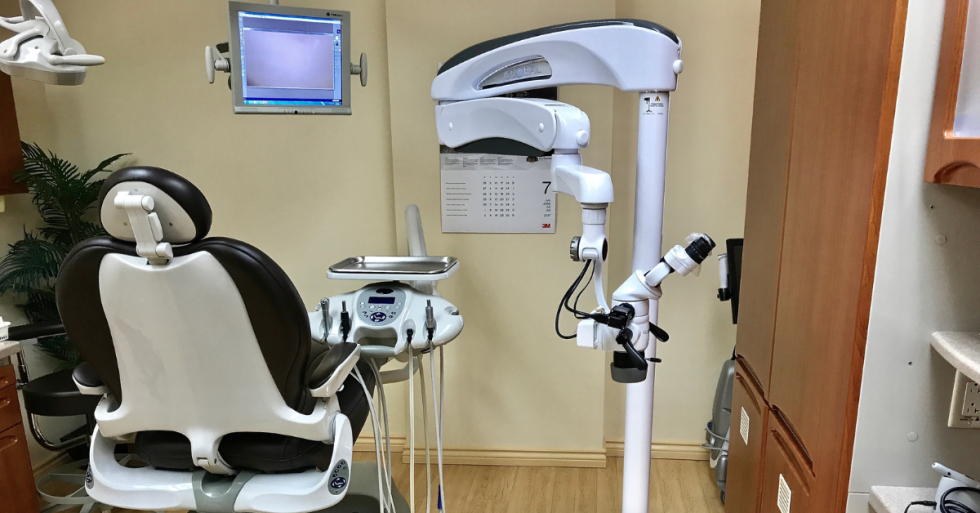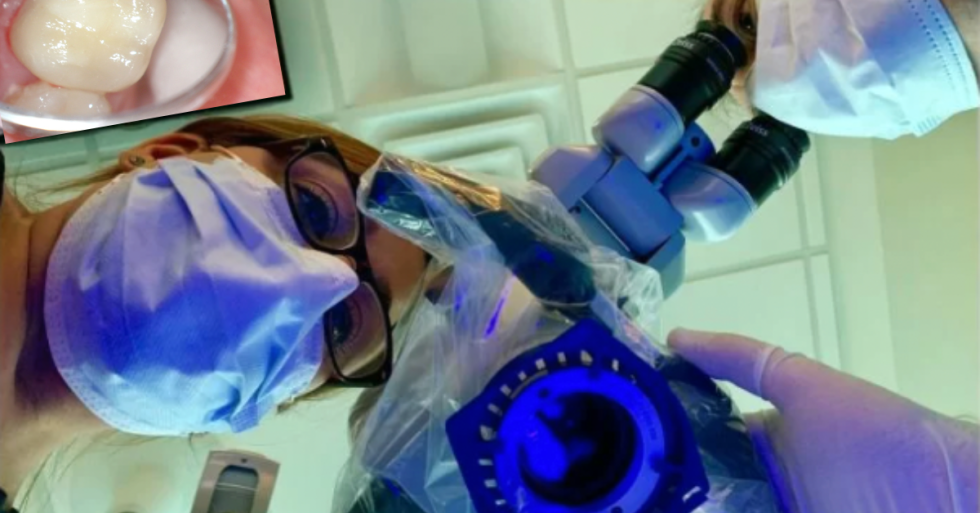What Are Dental Microscopes Used For?

Dental microscopes are specialized optical instruments used by dental professionals to enhance visualization and precision during various dental procedures. Dental microscopes, like the Global A-Series Microscope offer high magnification and illumination, allowing for detailed examination and treatment of dental structures.
The use of a dental microscope is becoming increasingly common in various fields of dentistry. For the past few decades, microscopes have been considered an essential tool for providing the highest quality of endodontic treatment. Today, general dentistry and other specialty practices are increasingly adopting surgical microscopes as well for their improvement in clinical precision, vision, illumination, and ergonomics as compared to loupes.
Here are some of the key clinical applications of microscopes in dentistry today:
- Root Canal Treatments: Dental microscopes are extensively used for root canal treatments. They provide magnified views of the tooth’s internal structure, allowing endodontists and general dentists to locate and treat complex root canal anatomy, identify calcified canals, and ensure thorough cleaning and shaping.
- Endodontic Microsurgery: In cases of persistent infections or anatomical complexities, dental microscopes are employed in microsurgical procedures such as apicoectomy (removing the tip of a tooth root) and root-end resection. The magnification helps in precise removal of infected tissues and accurate placement of retrograde fillings.
- Cavity Detection: Dental microscopes aid in the early detection of dental caries (cavities) by providing a detailed view of enamel and dentin surfaces. This enables dentists to identify cavities in their early stages, allowing for minimally invasive restorative procedures.
- Restorative Dentistry: Dental microscopes enhance the accuracy of restorative procedures such as crown preparations, porcelain veneer placements, and composite fillings. The improved visibility ensures precise tooth reduction, margin adaptation, and restoration placement.
- Dr. Michael Wenzel is a Restorative Dentist based in Alberta, Canada. In his recent webinar, he recounts his experience on how a dental microscope helped his practice. We highly encourage restorative dentists and general practitioners to check this out when considering a dental microscope: Inside Dentistry CE Webinar: Microscopes for the General Dentist.
- Cosmetic Dentistry: Microscopes are used in cosmetic procedures like smile makeovers and teeth whitening. The detailed visualization helps in assessing tooth color, texture, and shape, ensuring optimal cosmetic outcomes.
- Orthodontic Procedures: In orthodontics, dental microscopes aid in the placement and adjustment of brackets, bands, and wires. They facilitate precise bonding and adjustments for improved orthodontic results.
- Implant Placement: Dental microscopes assist in implant surgeries by providing a magnified view of the implant site. This ensures accurate placement and alignment of dental implants.
- Periodontal Procedures: Microscopes are used in periodontal procedures for scaling and root planing, as well as in the treatment of gum diseases. The enhanced visualization helps in thorough cleaning and removal of plaque and calculus.
- Oral Surgery: Dental microscopes are employed in oral surgeries such as tooth extractions, biopsy procedures, and soft tissue surgeries. The magnified view aids in precise tissue manipulation and reduces the risk of damage to adjacent structures.
- Documentation and Communication: Microscopes allow for high-quality imaging and documentation of dental procedures. Images and videos captured through the microscope can be used for patient education, case presentation, and documentation.
- Educational Purposes: Dental schools and training programs use microscopes to teach students about dental anatomy, procedures, and techniques. Students can observe procedures with enhanced clarity, improving their understanding and skills.
- Academic facilities looking for dental microscopes for their coursework should check out our article for more information. Enhancing Dental Education: The Integration of Dental Microscopes in Dental Schools.
-
Otolaryngology: Microscopes play a significant role in otolaryngology (ENT) by providing enhanced visualization, magnification, and illumination during various diagnostic and surgical procedures. Otolaryngologists typically use a different configuration in their practice than what a dentist would use.
- For more on this topic, check out: How Are ENT Microscopes Used in Otolaryngology?
Looking to Get Started? Reach Out!
If you’re just getting started with a dental microscope, or considering adding a scope to your practice, we are here to help! We can help configure and customize your scope to your clinical needs, helping you get started as quickly as possible.
At Global Surgical, we’re committed to your success, with durable products and our knowledgeable Technical & Customer Service teams. And, we guarantee your peace of mind with our limited lifetime warranty (US & Canada only).
Get started by reaching out to us at 800-861-3585 or by clicking the button below.


.png)
